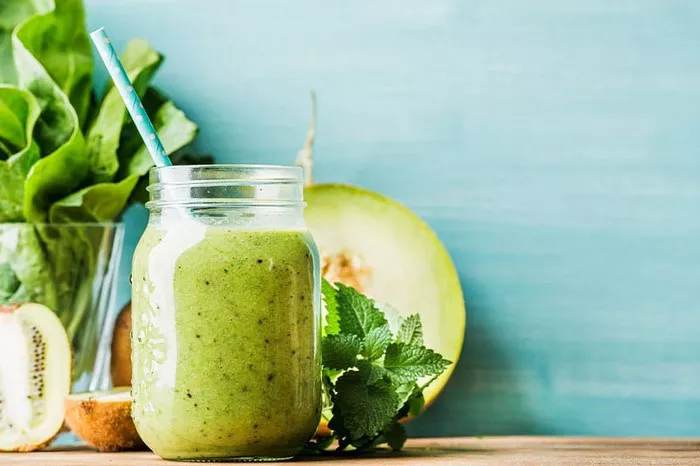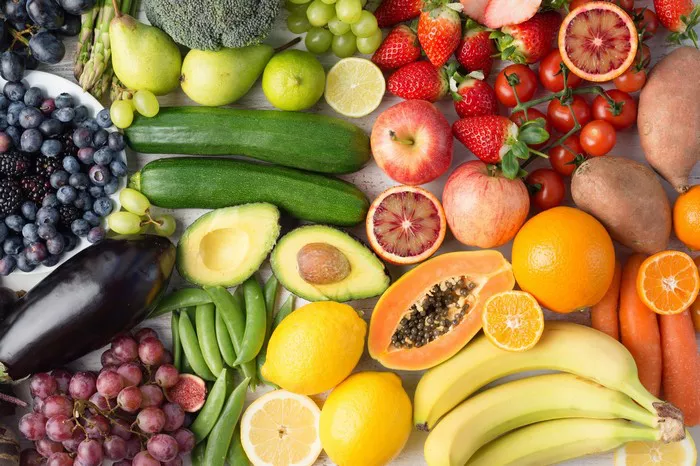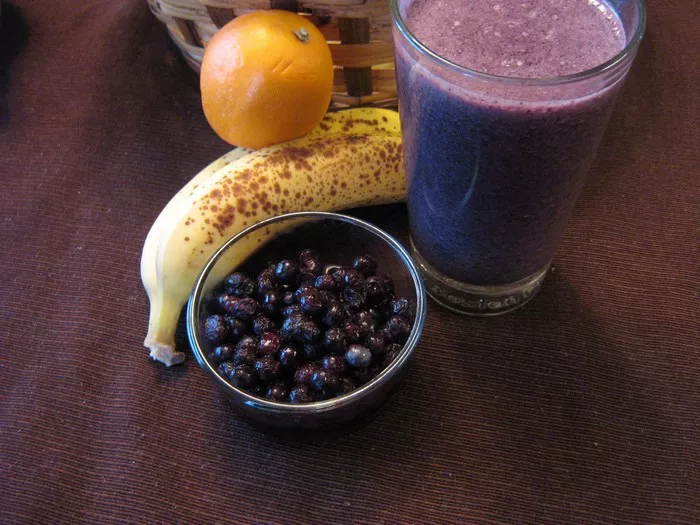Fruit smoothies are a wonderful way to enjoy a refreshing and nutritious drink. When you make a fruit smoothie with water as the base, you create a light, hydrating, and flavorful beverage that can be customized to suit your taste buds and dietary needs. In this comprehensive guide, we will explore every step of making a fruit smoothie with water, from choosing the right fruits to blending techniques and creative customizations.
Selecting the Best Fruits
Strawberries: Strawberries are a classic choice for smoothies. They are rich in vitamin C, antioxidants, and fiber. When selecting strawberries, look for bright red, firm berries with their green caps intact. Avoid those that are mushy or have mold. You can use fresh strawberries, which add a sweet and slightly tangy flavor. Wash them thoroughly under running water and remove the caps. If the strawberries are large, you can cut them in half or into quarters for easier blending. Frozen strawberries also work well. They can make the smoothie colder and thicker, and they are often picked at their peak ripeness and frozen quickly, preserving their nutrients.
Blueberries: Blueberries are a superfood packed with antioxidants, particularly anthocyanins. These compounds give blueberries their deep blue – purple color and are beneficial for eye health, reducing inflammation, and protecting against oxidative stress. Choose plump, firm blueberries. Fresh blueberries add a burst of flavor and a touch of tartness. Frozen blueberries are great for adding a thick, icy texture to the smoothie. They blend well with other fruits and can enhance the overall nutritional profile of the smoothie.
Raspberries: Raspberries are not only delicious but also rich in fiber, vitamin C, and various antioxidants. They have a unique, slightly tart flavor that can add depth to your smoothie. Look for bright – colored, firm raspberries. When using them in a smoothie, you can either blend them whole or mash them slightly if you prefer a smoother texture. Raspberries can be combined with sweeter fruits to balance their tartness, or with other berries for a more intense berry flavor.
Blackberries: Blackberries are another excellent source of vitamins, minerals, and antioxidants. They have a rich, sweet – tart flavor and a juicy texture. Similar to other berries, you can choose fresh or frozen blackberries. Fresh ones should be firm and shiny. Blackberries can add a bold flavor to your smoothie and pair well with fruits like bananas, apples, or citrus fruits. They also contribute to the beautiful color of the smoothie.
Citrus Fruits
Oranges: Oranges are a great source of vitamin C, fiber, and flavonoids. They bring a bright, citrusy flavor to the smoothie. When using oranges, you can either juice them or use the whole fruit. If you choose to use the whole fruit, peel it and remove any seeds. You can also use segments of the orange for added texture. Orange juice adds a liquid base and a sweet – tart flavor. It’s important to note that store – bought orange juice may have added sugars, so if possible, use freshly squeezed juice.
Lemons and Limes: Lemons and limes are often used to add a zesty, refreshing flavor to smoothies. They are rich in vitamin C and have a unique tang that can cut through the sweetness of other fruits. You can use the juice of lemons and limes, usually a small amount is sufficient to enhance the flavor. The zest of these citrus fruits can also be added for an extra burst of flavor, but be careful as the zest can be quite strong. A little goes a long way. When using fresh lemons and limes, roll them on the countertop before juicing to make it easier to extract the juice.
Grapefruits: Grapefruits are a nutrient – dense citrus fruit. They contain vitamin C, fiber, and lycopene, an antioxidant that gives them their pink or red color. Grapefruits have a slightly bitter and sweet flavor that can add a unique twist to your smoothie. You can use both the flesh and the juice of the grapefruit. However, be aware that grapefruit can interact with certain medications, so if you are on any medication, it’s best to consult your doctor before including grapefruit in your smoothie.
Tropical Fruits
Pineapple: Pineapple is a tropical fruit that offers a deliciously sweet and tangy flavor. It contains an enzyme called bromelain, which has anti – inflammatory properties and can aid in digestion. When choosing pineapple, look for ones with a firm texture and a sweet smell. You can cut the pineapple into chunks or use canned pineapple (make sure it’s in its own juice and not in heavy syrup). Pineapple adds a tropical flair to the smoothie and pairs well with other fruits like mangoes, bananas, and berries.
Separation or Watery Texture
Type of Ingredients: Certain fruits with high water content like cucumbers, watermelons, or tomatoes can make the smoothie watery. If you’re using these fruits, you may need to reduce the amount of water or use less of these high – water – content fruits. You can also add more thickening agents like bananas, avocados, or chia seeds.
Lack of Thickeners: If your smoothie separates or is too thin, it may be because you didn’t include enough ingredients to thicken it. As mentioned before, bananas are a great thickening agent. You can also use other fruits like mangoes or pears. Adding more of these thickening fruits or some chia seeds, flaxseeds, or yogurt can help improve the texture.
Blending Order: The order in which you add the ingredients to the blender can affect the texture. Make sure to add the water first, followed by the softer fruits, and then the harder fruits. This helps to create a more stable emulsion and reduces the chances of separation. If your smoothie has already separated, give it a good stir or blend it again briefly.
Unpleasant Taste or Flavor Imbalance
Too Much or Too Little of an Ingredient: An unpleasant taste may be due to an imbalance in the ingredients. If you’ve added too much of a certain fruit or add – in, it can overpower the other flavors. For example, if you add too much lemon, the smoothie may be too tart. On the other hand, if you don’t use enough sweetener or flavor – enhancing ingredients, the smoothie may taste bland. Taste your smoothie as you’re making it and adjust the amounts of ingredients accordingly.
Using Poor – quality Ingredients: The quality of your ingredients matters. If you use overripe or underripe fruits, it can affect the flavor of the smoothie. Make sure to choose fresh, ripe fruits. If you’re using store – bought juices or sweeteners, check the labels for added sugars, preservatives, or other unwanted substances. Using high – quality, natural ingredients will result in a better – tasting smoothie.
Combining Incompatible Ingredients: Some ingredients just don’t go well together. For example, combining very sweet fruits with strong – flavored vegetables like broccoli may result in an odd taste. Experiment with different combinations but be aware of which flavors complement each other. If you’re not sure, start with simple and classic combinations and gradually expand your experimentation.
Conclusion
Making a fruit smoothie with water is a fun and creative process that allows you to enjoy a delicious and healthy drink. By carefully selecting the right fruits, preparing them properly, using the right blender, mastering the blending techniques, customizing the smoothie to your liking, serving and garnishing it attractively, and knowing how to store and troubleshoot any issues, you can create a fruit smoothie that will satisfy your taste buds and keep you refreshed. Whether you’re looking for a quick breakfast, a post – workout boost, or a delicious snack, the possibilities are endless. So, get creative in the kitchen and start making your own amazing fruit smoothies with water today!
Related Topics:



























